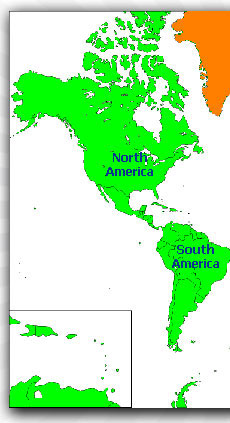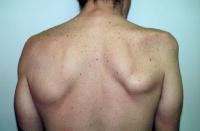|
|||||
Patients from Asia, Africa, Australia , Europe and Middle East
can get surgery done in Dubai UAE. Patients from North & South America can continue coming to our office in Houston TX. |
|||||
Click on the map to enter the website |
|||||
HOUSTON CENTER |
 |
 |
DUBAI |
||
|
|
|
|
|
|
|
|
|
|
|
|
||||||
|
||||||
Copyrights 2009 - 2026 | Privacy Policy l Websites by Aniket Mehta. | Site Map
|
||||||






